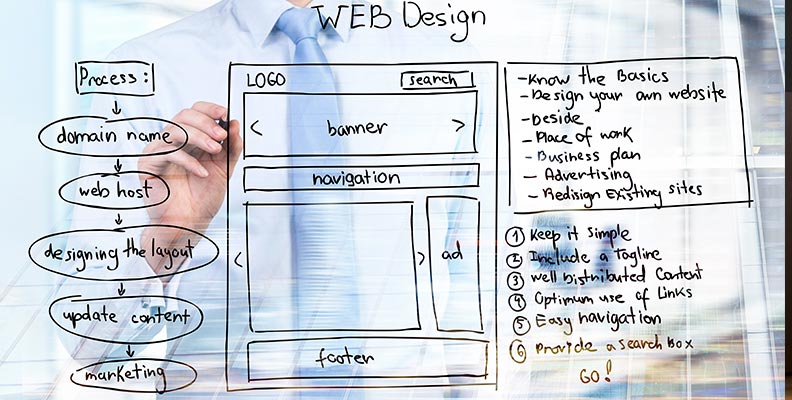Your website is more than a digital storefront—it’s often the first impression customers form about your business. But here’s the challenge: even the most visually appealing site fails if it’s slow, outdated, or unresponsive. That’s why a WordPress website redesign is one of the smartest investments a business owner can make.
A redesign not only refreshes the look and feel but also optimizes performance, aligns with Digital Marketing and SEO strategies, and ensures compliance with Google’s Core Web Vitals. In other words, it strengthens your online presence by blending creativity with technical precision.
This article explores how a website redesign impacts SEO and Core Web Vitals, why it matters for small businesses, and how thoughtful web development and design choices drive measurable results.

Google measures user experience through Core Web Vitals, directly affecting search rankings.
A poorly optimized site undermines these metrics, frustrating users and losing rankings. A well-executed WordPress website redesign ensures:
This is why businesses serious about growth must align their web development and design efforts with Core Web Vitals.

A successful redesign should go beyond aesthetics. It should integrate performance, SEO, and scalability.
Shared hosting creates bottlenecks. Solution? Switch to managed or cloud-based hosting for speed.
Too many plugins slow down performance. Audit your site and keep only essential tools.
Large images increase load time. Use next-gen formats like WebP, apply lazy loading, and optimize media during the redesign.
Jumping into a website redesign without a roadmap is risky. Always follow a WordPress redesign checklist for small business, which covers auditing, SEO alignment, and testing.
Redesigning with Core Web Vitals in mind delivers both technical and marketing benefits:
Speed boosts both SEO and user satisfaction.
A responsive redesign keeps users engaged and aligns with Google’s mobile-first indexing.
A redesign allows for structured headings, optimized metadata, and keyword-rich content that supports your digital marketing and SEO strategy.
Stable layouts and quick response times encourage users to stay longer.
A redesigned site with smart website maintenance practices supports business growth and evolving SEO requirements.
Analyze Core Web Vitals, bounce rates, and SEO performance.
Clarify what you want to achieve—faster performance, branding refresh, or full SEO alignment.
Opt for lightweight, responsive themes paired with optimized hosting.
Simplify navigation, create intuitive layouts, and ensure responsive design.
Compress files, implement schema, refresh internal linking, and update metadata.
Use staging to check speed, mobile-friendliness, and SEO compliance.
Regularly monitor Core Web Vitals, apply security patches, and update plugins for sustained performance.

Q1. How does a WordPress website redesign impact SEO?
It improves site speed, user experience, and structure—boosting rankings.
Q2. Is a website redesign worth it for small businesses?
Yes. Even local businesses benefit from improved SEO and faster site performance.
Q3. How long does a redesign usually take?
Typically 4–8 weeks, depending on complexity.
Q4. Can Core Web Vitals improve without a full redesign?
Minor fixes help, but a redesign ensures sustainable improvements.
Q5. What should I avoid in a website redesign?
Avoid ignoring mobile users, overloading plugins, or launching without SEO testing.
A WordPress website redesign is more than a facelift—it’s a growth strategy. By aligning web development and design with digital marketing and SEO, businesses create websites that are faster, more stable, and more engaging. Core Web Vitals aren’t just technical details—they’re business performance indicators.
When paired with proactive website maintenance, a redesign ensures your business stays competitive, visible, and trusted online.
Looking to modernize your site? D. Banerjee can help you plan and execute a powerful website redesign that drives real SEO results. Call 1-916-358-6449 or book your Free Consultation today!

Get Website Development Services in Rocklin to boost leads for your Rocklin business today

How responsive web design Rocklin helps local businesses attract more nearby customers

7 Page-Speed Fixes a Website Designer in Roseville Uses to Lift Conversion Rates

D. Banerjee’s Guide to Website Design in Rocklin: What Your Site Needs to Rank

What Is AI Overviews? Impact on Website Design, Redesign & SEO in Vegas

D. Banerjee’s Guide: WCAG 2.2 for Rocklin Website Development

Roofing Website Redesign Services: Scope, Deliverables, and Timelines – D. Banerjee